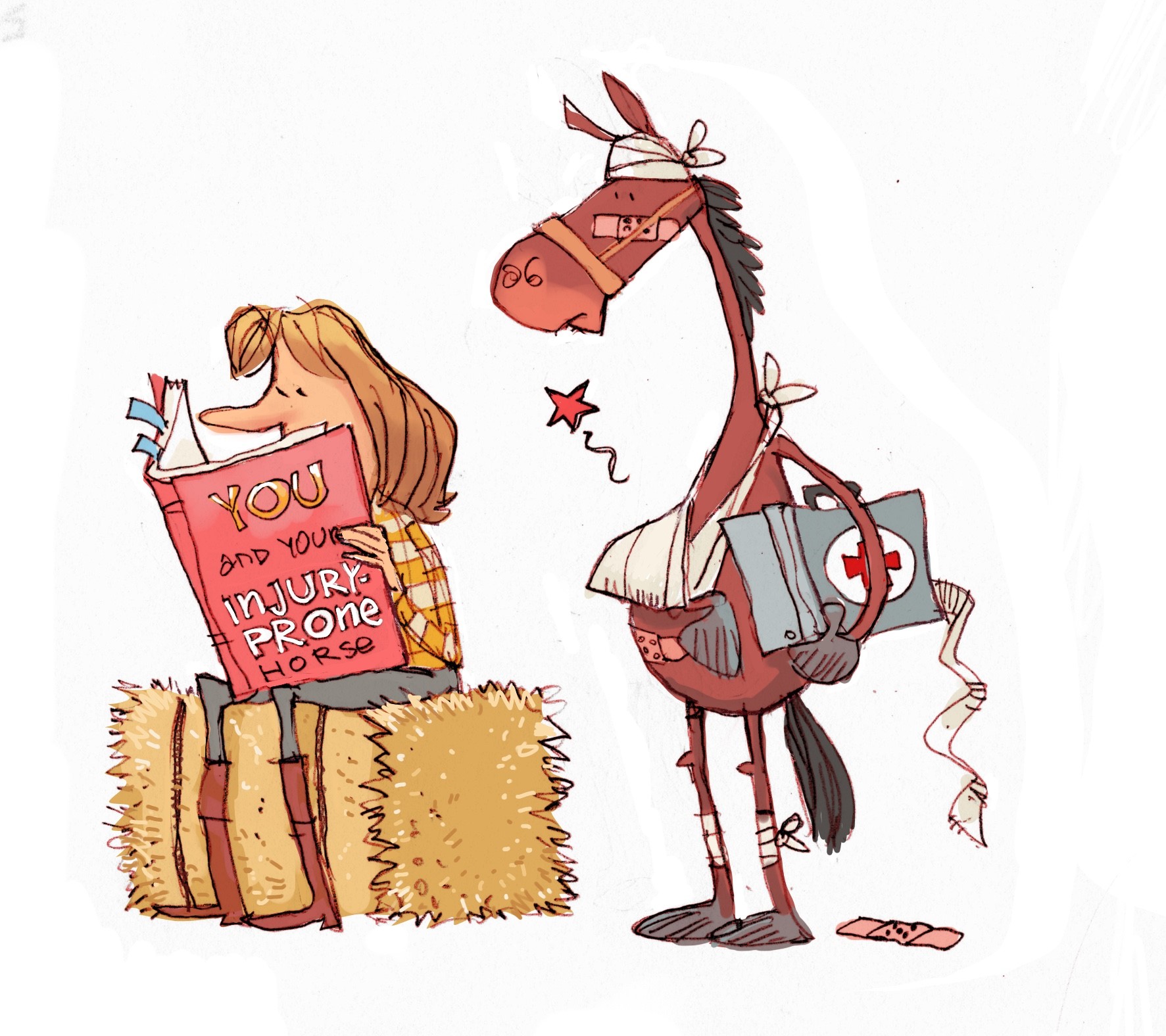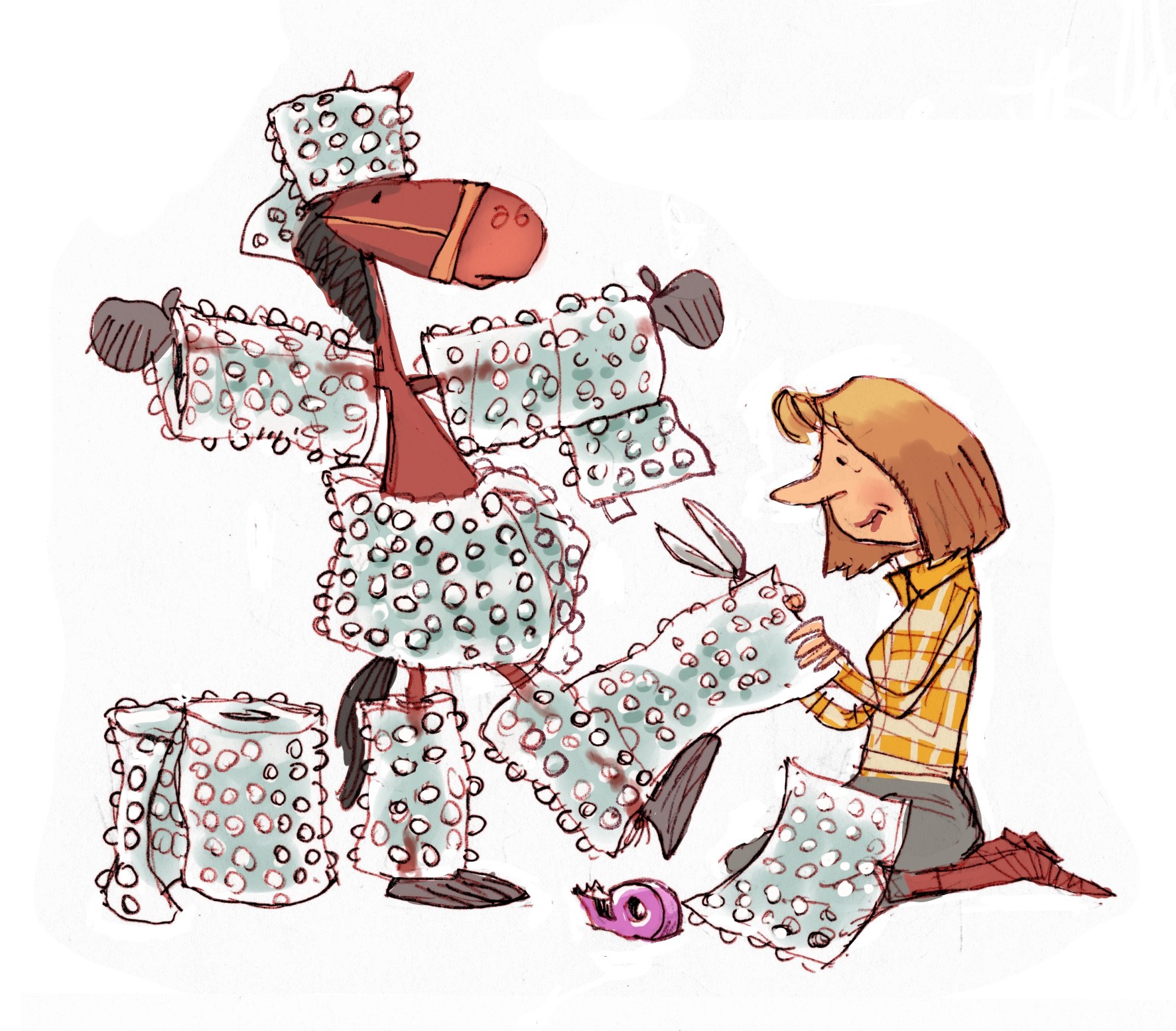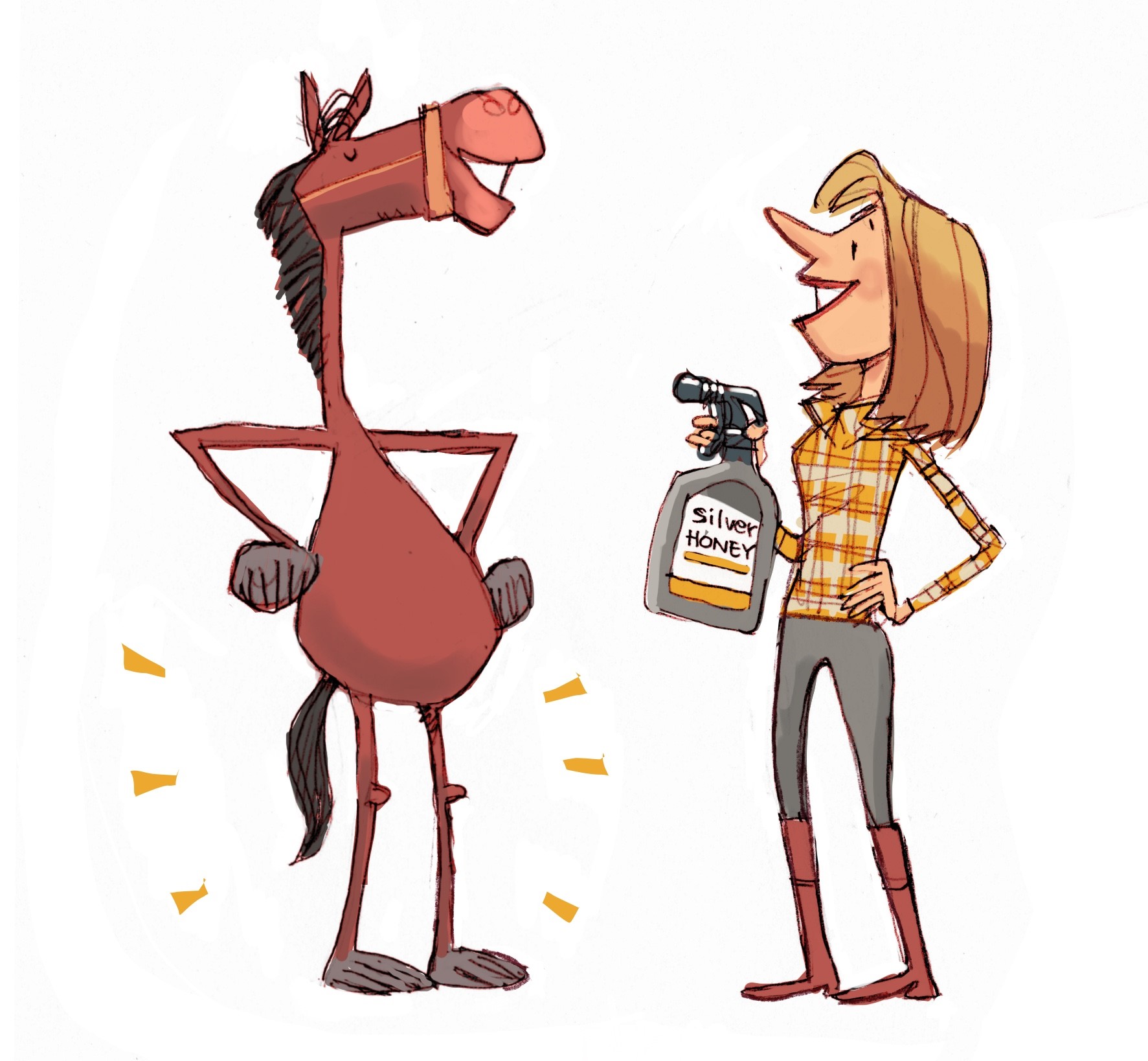Home > Horse Care > Bubble Wrap or Bust: Fixing the Equine Who Gets Into Fixes
Bubble Wrap or Bust: Fixing the Equine Who Gets Into Fixes
- July 20, 2021
- ⎯ W.F. Young
Sometimes you just wish you’d taken a video, because no one will believe it.
Like when your accident-prone colt flips over in the barn aisle while trying to reach a fly—and gets tangled in everything imaginable on the way down. (The image of a pretzel comes to mind.) Or when a mare with ’tude to spare gashes her hip on a post while chasing a rival out of the run-in. And did you know you had some fence boards down? Well, you do now that your pudgy pony, ever in search of greener grass, has gotten pinned between the fallen boards and rusty nails. Whether due to curiosity, playfulness or a lack of good sense, the result is bruises, bumps and scrapes—if not gashes, sprains and even fractures.

Then there’s that sensitive sort who tests your patience with a more exotic variety of skin ailment every week. From rashes, rain rot and/or scratches to some “creeping crud” you can’t identify, he’s sure to contract it all. If this sounds like a certain character in your barn, you’re not alone. “What next?” you might be asking after bandaging the wound du jour. “A padded stall? Bubble wrap 24/7?” An Ounce of Prevention … We know, we know: You patrol your stalls and turnout areas regularly for potential safety issues—right? We’re talking broken boards, loose wire, protruding nails and sharp edges on anything. Horse-proofing also means scrutinizing screw eyes, electric cords and anything within a horse’s considerable reach.
Also look down for holes, uneven ground, sharp rocks and loose floorboards. Then look up: Are your light fixtures in protective cages? What about the ceilings and the doorways: Are they tall enough to prevent bumped noggins when horses rear?

You know the drill: Address any spots in which a foot, a nose, a head could get wedged. Remove feed tubs between meals, and hang hay nets out of pawing reach. Introduce (safe) stall toys to minimize equine mischief, and remember that quick-release ties are your best friend. When opening bales of hay and straw, dispose of twine and wire posthaste. And if a certain horse routinely incurs kick or bite wounds, reassess your turnout arrangements.
Healing Help
Many younger horses eventually outgrow the “lightning rod” phase. But when your “problem child” simply can’t stay out of trouble, put your veterinarian’s number on speed-dial! Next, remember that a well-stocked first aid kit that’s refilled and updated regularly is your first line of defense. A thermometer, bandages, veterinary wrap, medical tape and gauze pads are essential, as are clean towels, sponges, ophthalmic ointment, an antiseptic cleanser and any emergency medications your vet recommends.

You’ll also need a trusty “general-use” wound product. Antibiotic ointment was once the standard go-to; however, overuse of antibiotics can lead to bacterial resistance, making the antibiotics less effective. A popular alternative: more natural, pH-balanced antimicrobial products that kill “bad” bacteria without antibiotics. Gentle enough to protect the skin’s natural biome and help prevent scarring, these can often get the job done without the harsher, skin-drying ingredients in many traditional preparations.
Some of these natural products can even help heal skin conditions such as rain rot and scratches. (Versatility rocks!)
So when perusing the aisles for wound products, study labels carefully. Look, too, for ointments and gel formulas, as these generally adhere better than liquid sprays or powders. (Spray gels are even available in some lines.)
Now go fix your horse! He’s depending on you.
Bonus Tip: Flies can contaminate open wounds, causing everything from delayed healing to infection. So why not opt for a wound product that also contains a fly repellent?





